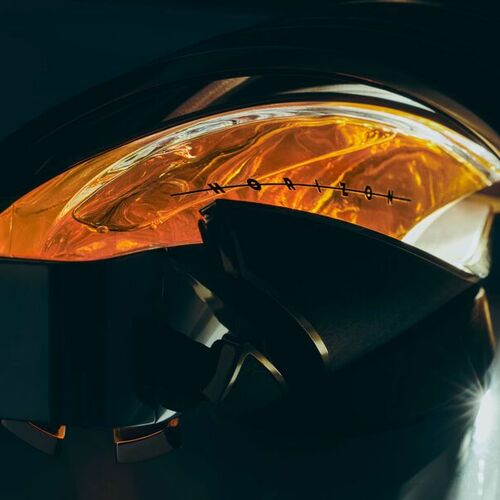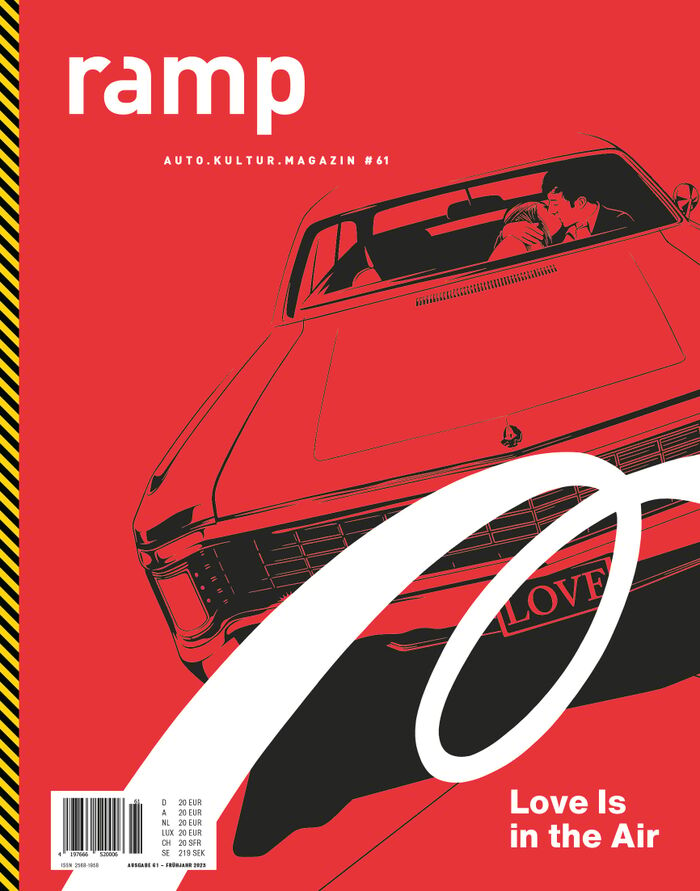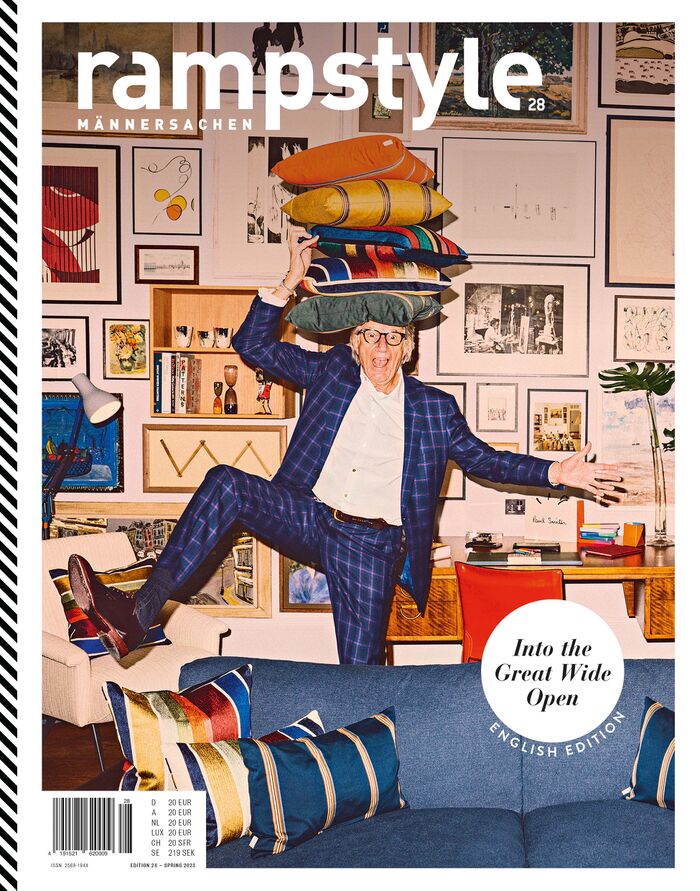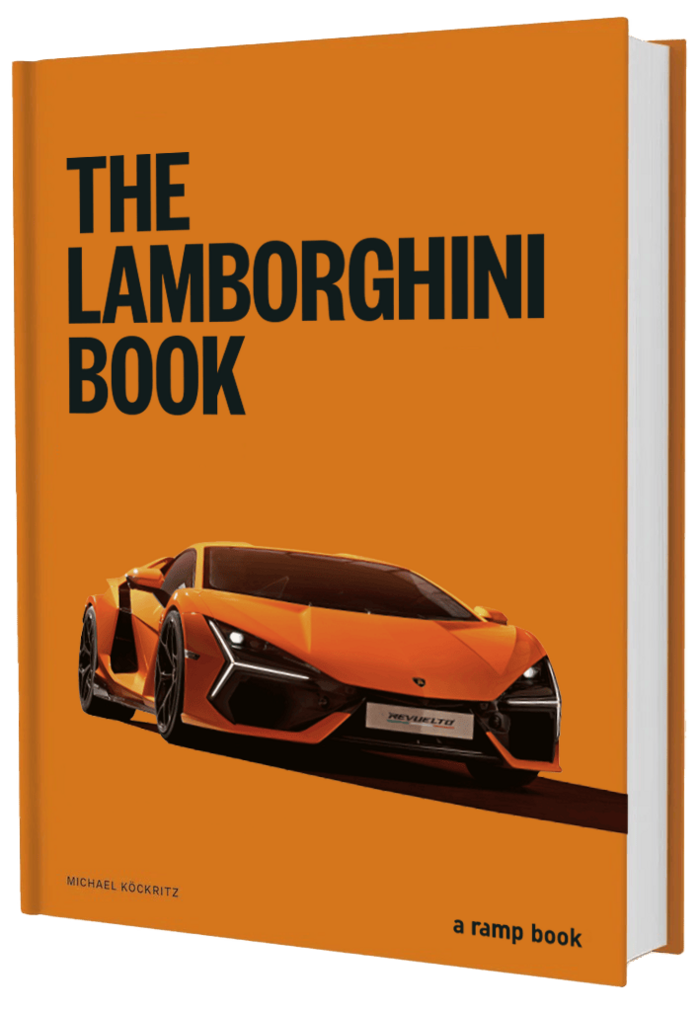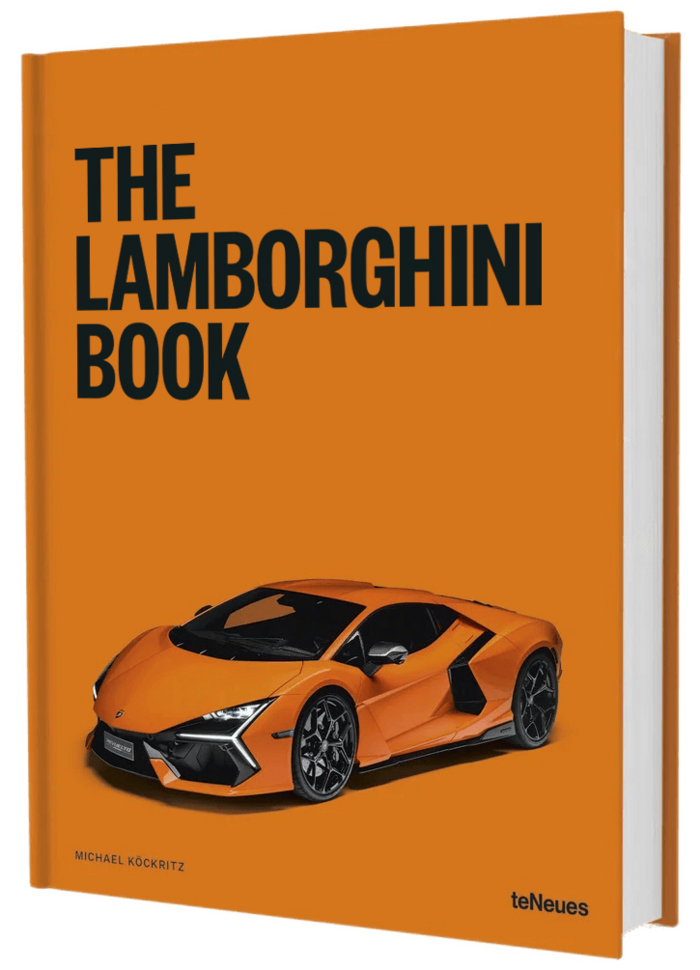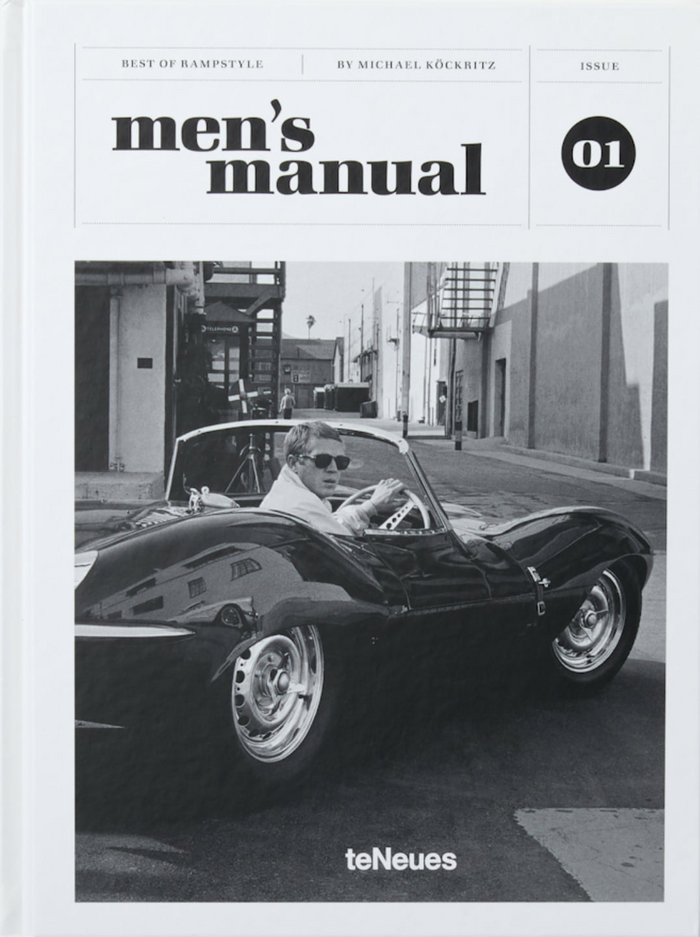You’re American, NIO is Chinese by origin. Last fall, the brand began expanding into the European market. Will this language be understood worldwide?
That is an interesting point. Obviously, the communication lines between the different countries were much more difficult to overcome in the past; but in today’s age of the internet, news travels fast and good design has really become universal. We see that with many products that are just as popular in Asia, the U.S. and Europe. From the beginning, I have always taken the approach that we’re not going to create a specific design for any particular market, but we’re just going to do good design.
And what is good design?
Good question. I think it’s really about going back to the roots of what I believe is good design. And that seems to be those universal things about good proportions. We really strive to ensure that the car looks right on the wheels, that we have the right size wheels and that the overhangs are proper. For the interior we looked at furniture design and consumer electronics, because these have become the benchmarks of good design.
Is it true that you helped develop the design principles at NIO?
Even in the early days of NIO, it was really important from my perspective that we had a structured design DNA. And this sort of evolved out of our NIO value system and the brand message of shaping a joyful lifestyle. From that we basically developed our four key principles for design: pure, human, progressive and sophisticated. For us, it’s really about striking the right balance of those four elements.









